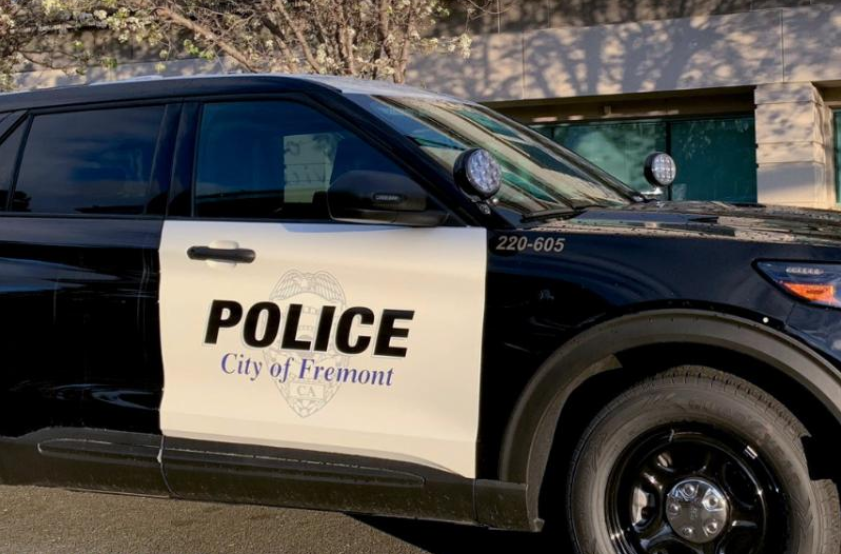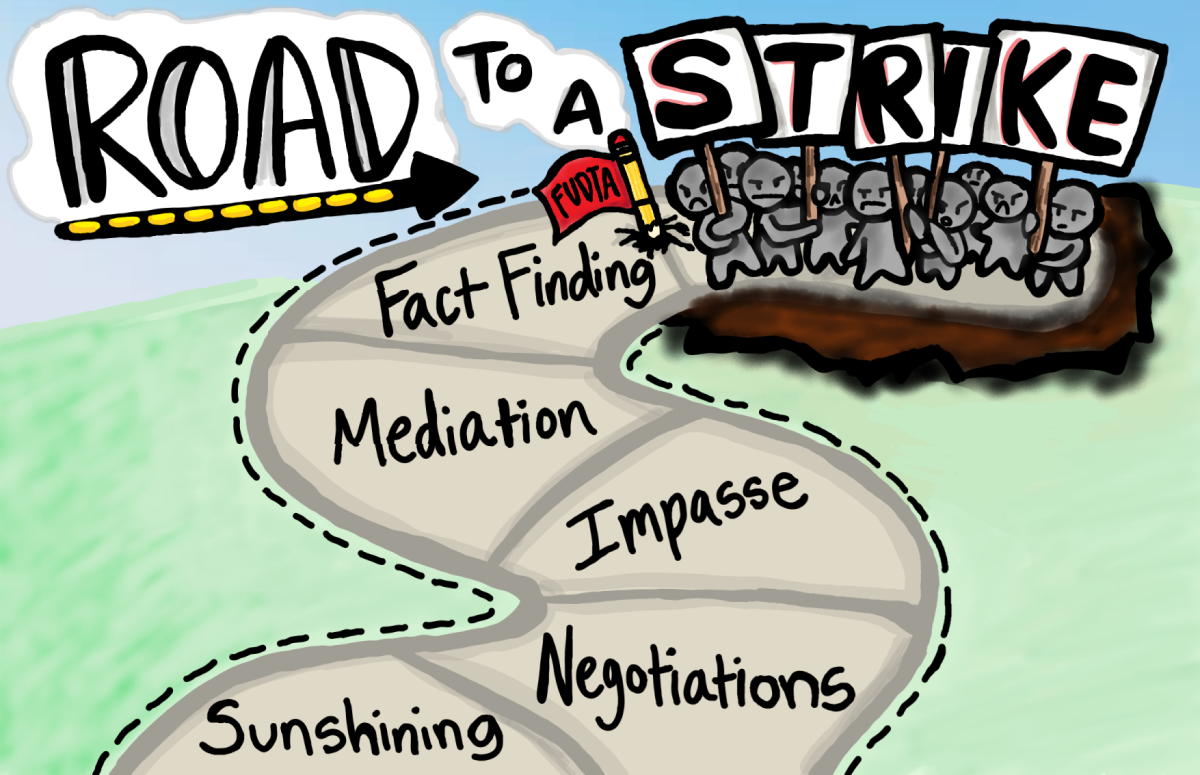Eat the Straws So They Don’t Have To Hosts a Straw Eating Competition
December 11, 2019
On November 28, the Irvington student organization Eat the Straws So They Don’t Have To held a straw eating competition in the house of its founder and president, senior Irvington student Lowe Ike Queue. The club was formed this year and currently has a steady membership of around 30 people at each meeting.
Contrary to popular belief the club did not begin as a way to combat pollution and promote environmentalism. In reality, it’s closer to a religious club, based on the religion of Testudo. “It’s Latin for turtle,” Lowe explained.
“Testudo is an intricate religion that has lasted for thousands of years. We believe that turtles are holy and divine animals, the direct descendants of ancient cosmic gods. They must not be angered or we shall all die. The holy texts of Testudo predict an apocalypse that would be caused by indestructible tube-shaped entities whose only purpose is to kill and destroy. This is none other than the plastic straws we see today.”
Why eat the straws? “The holiest form of justice is code-of-Hammurabi style, ‘eye-for-an-eye,’” Lowe explained. “The straws must feel the same pain they have inflicted upon the turtles.”
There are other non-religious reasons the club eats straws instead of using other methods of disposal. “You ever seen Rico from Madagascar, where he can swallow and regurgitate anything without destroying it? That’s essentially what we’re doing here,” said Lowe. Plastic straws don’t dissolve in stomach acid, which means they can carry them around in the stomach and dispose of them at safer areas, away from the sea, where they are safely out of turtle range.
Conservative estimates say that there are 437 million plastic straws on the entire world’s coastlines. “If we eat 500 straws off the shores every week, we can make the shores straw-free in 15,984 years,” Lowe explained. “The data is clear: eating straws is the best solution to combating plastic pollution.”
In order to prepare for service projects, the club hosts monthly straw eating competitions. Participants have their hands tied behind their backs, and each participant receives a bowl of plastic straws. “We serve them in three flavors: raw, frozen, or oven-baked,” said Lowe. “Raw ones are just typical plastic straws. Some of the raw straws are colored, so we tell newcomers that they’re flavored to encourage consumption. Frozen straws are served in ice cubes, which breaks the hydrogen bonds of the straws and makes consumption easier. Oven-baked straws usually come out as one big sticky clump of plastic, similar to the texture of the paste that dentists use for tooth molds. Personally, I don’t understand why anyone would like anything better than raw. When you prepare it in different ways other than raw, you lose part of the flavor that makes it so special.” This is all to prepare for service projects where they eat straws off the shores of the ocean, rivers, and other bodies of water.
Irvington student Gull Libel was among the students that participated in the event. “I really like how they listened to the suggestions from the last meeting and actually allowed us to bring our own straws this time,” he said. “I also like that they provided three different flavors.”
The logo of the club was designed by Lowe himself: a cartoon turtle choking on multiple plastic straws. “The straws in the logo are of different colors because I want to be inclusive of straws of all colors when displaying their lethality,” he explained. “We have different versions of the logo too, all created by our club members. We once received a drawing of the teenage mutant ninja turtles choking on straws, and it really makes you think about just how poisonous straws are to society.”









